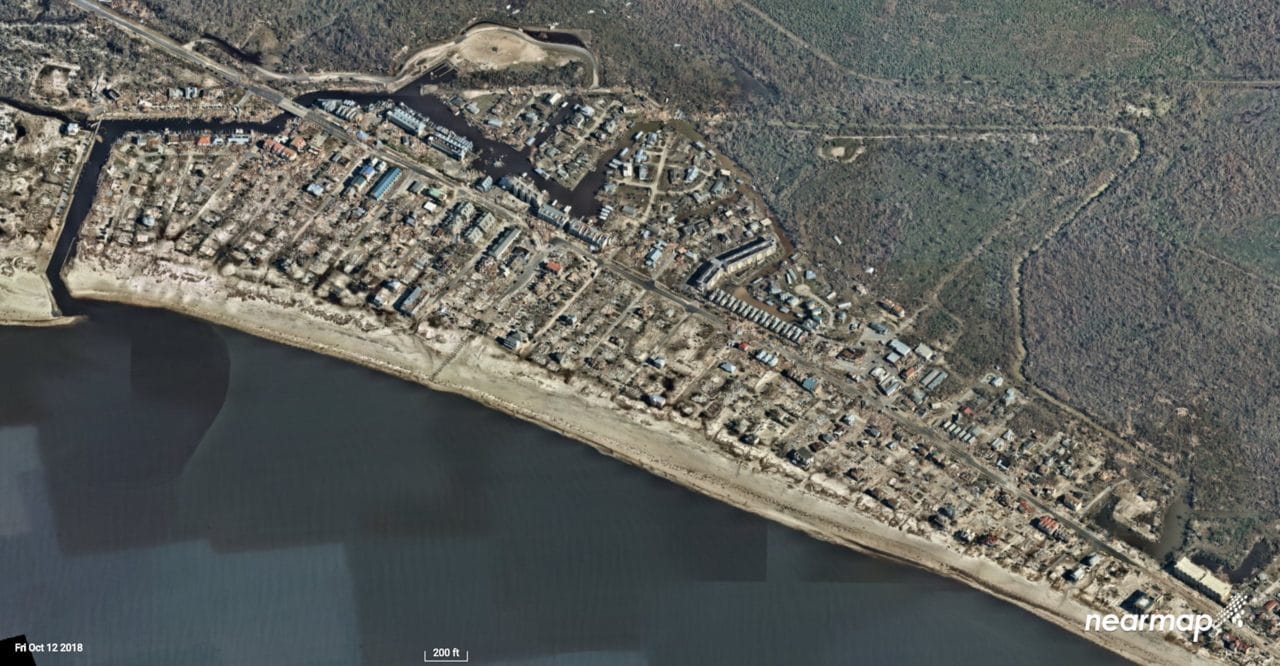You might call entrepreneur Ryan Kottenstette a fortune teller.
That’s because he can tell how deep learning and computer vision can spot hidden opportunities for traditional industries.
His latest startup, Cape Analytics, applies deep convolutional neural nets to geospatial imagery to extract detailed real estate insights for insurers.
It’s safe to say the former venture capitalist is probably onto something. Alongside others at Khosla Ventures, he applied this investment thesis to harvest monster returns from companies such as Blue River Technology, Climate Corporation and Skybox Imaging, which were acquired by John Deere, Monsanto and Google, respectively.
“My view of the world is that we have a massive under-leveraged opportunity to apply deep learning and computer vision to reimagine traditional industries ranging from agriculture to shipping logistics to insurance and capital markets,” he said.
After leaving Khosla Ventures, Kottenstette launched Cape Analytics in 2015. The startup applies deep learning and computer vision to geospatial imagery — a combination of data from satellites, airplanes, drones and other sources — to help insurance companies evaluate properties.
AI’s Curb Appeal
The Silicon Valley-based startup takes in geospatial imagery from the entire continental U.S. multiple times a year. Tapping on-demand GPUs in the cloud, Cape Analytics applies image classification algorithms to the geospatial imagery to identify real estate attributes for insurers.
The company analyzed and tagged hundreds of thousands of images that were then run on its convolutional neural networks to get its models to identify property attributes.
“We built our own set of tools to label this imagery, which creates the ground truth we use to train our algorithms. We do this in house, on NVIDIA GPUs, because they are faster and more flexible,” said Kottenstette, the company’s CEO. “At production, we move to cloud-based instances to achieve massive scale.”
Cape Analytics produces information on individual homes related to insurance risk, property condition, surrounding environment and presence of features such as auxiliary structures, solar panels or pools.
“Our customers send us an address and we send them back the relevant property attributes from this living database,” he said.
Reality Check Risks
Cape Analytics has developed a database of more than 70 million single-family U.S. homes and is expanding into commercial buildings, apartments, condos and the like.
For home insurance and reinsurance firms (which insure the insurers), Cape Analytics can offer the most up-to-date look — an instant snapshot — of an entire portfolio’s risks.
The alternative for insurers is to update files by dispatching inspectors and checking public records.
A report from Cape Analytics can commonly uncover new risk-relevant information on up to 30 percent of an insurance carrier’s portfolio. That’s because over time, facts on the ground can change, and public record data is often out of date, which is why it’s valuable to continuously monitor.
Cape Analytics can also better inform reinsurers about portfolio risks. As reinsurers consider allocating capital to insurance carriers, they’re able to get an independent view of portfolio risk from Cape Analytics. To date, for example, Cape Analytics’ solutions have been used to evaluate the vast majority of residential insurance portfolios subject to hurricane risk in the southeastern seaboard.
“We were able to tell them which books are less risky than others, and that allows them to better choose which books they want to be on and how to allocate capital,” Kottenstette said.
There’s another upshot: This is putting underwriters not using Cape Analytics data at a disadvantage because they’re left to choose from the remaining risks available — a phenomenon known in the insurance industry as “adverse selection.”
“We’re nearing that tipping point.”
Pictured above is an aerial view of Mexico Beach, Fla., after Hurricane Michael. Photo credit: Nearmap, provided by Cape Analytics
